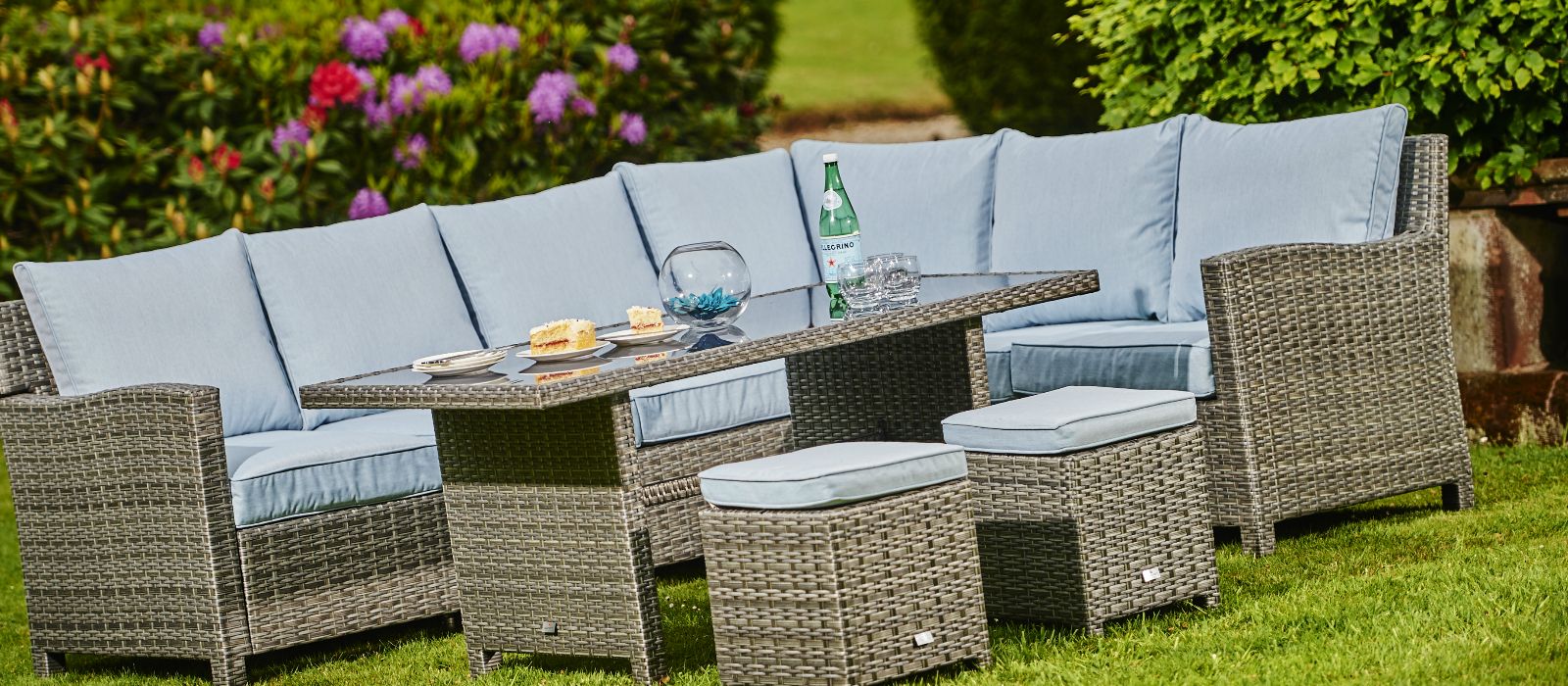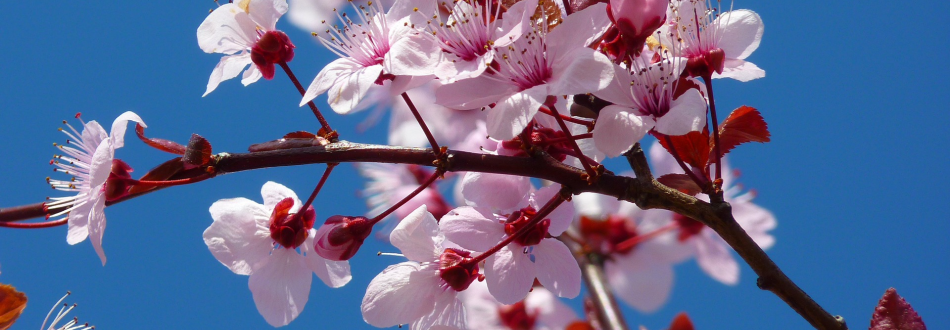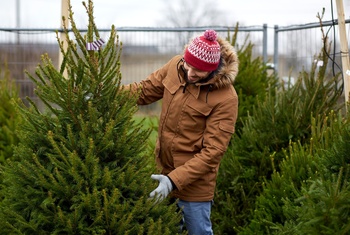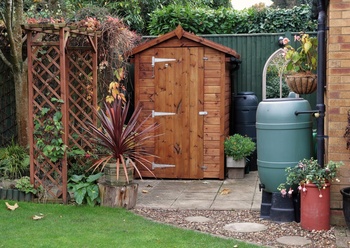
Cut back deciduous ornamental grasses before the new shoots grow too long and start to get in the way. It’s worth waiting until early spring for this job as grasses hold their seed heads well through winter, producing great feathery plumes that look fabulous when rimed with frost: some of the best for producing this effect include Miscanthus sinensis ‘Kleine Silberspinne’ with gorgeous rose-pink flowers turning buff-coloured in winter; Panicum ‘Heavy Metal’ with a forest of silvery flowerheads; and Calamagrostis ‘Karl Foerster’ which has an upright habit and produces a fountain of seed heads lasting well through winter. There are dozens more though, so pop into our garden centre here in Nantgarw and see the range for yourself: it’s a great time to plant new grasses, too, so you can stock up for next winter’s display.
Eventually, even these most lovely of winter performers start to look a little battered. So cut them back hard now, before the new green shoots show so there is no risk of cutting them back as well.
Evergreen grasses such as Stipa gigantea, Cortaderia (pampas grass) and Anemanthele lessoniana need more gentle treatment, however. Instead of cutting them back hard, snip out the spent flower heads only and then simply comb through the leaves with your fingers to pull out dead material. You will need to wear a good pair of gloves for this as grass blades can be very sharp. Just gently pull out any debris to leave a clean crown of green, grassy leaves.
All this old growth can go onto the compost heap (you may need to cut sturdier flower stalks into smaller pieces so they break down more easily). Then mulch with chipped bark, keeping the crowns clear, and they’ll bounce back with a fresh flush of growth from next month onwards.







